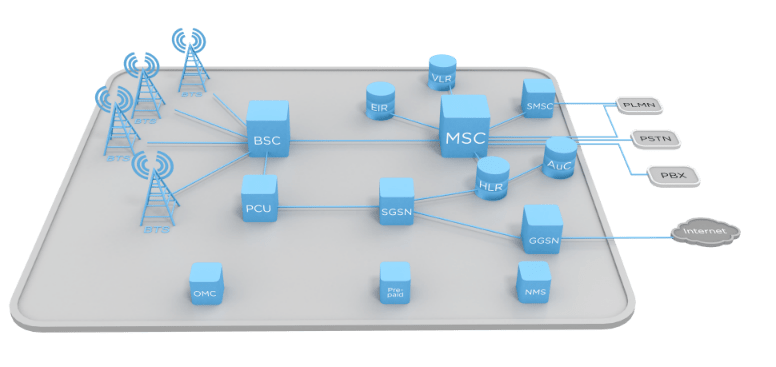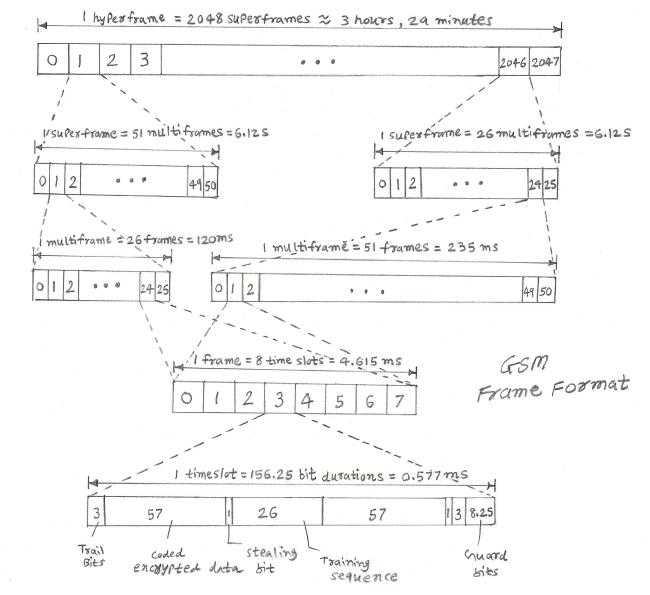Products Category
- FM Transmitter
- 0-50w 50w-1000w 2kw-10kw 10kw+
- TV Transmitter
- 0-50w 50-1kw 2kw-10kw
- FM Antenna
- TV Antenna
- Antenna Accessory
- Cable Connector Power Splitter Dummy Load
- RF Transistor
- Power Supply
- Audio Equipments
- DTV Front End Equipment
- Link System
- STL system Microwave Link system
- FM Radio
- Power Meter
- Other Products
- Special for Coronavirus
Products Tags
Fmuser Sites
- es.fmuser.net
- it.fmuser.net
- fr.fmuser.net
- de.fmuser.net
- af.fmuser.net ->Afrikaans
- sq.fmuser.net ->Albanian
- ar.fmuser.net ->Arabic
- hy.fmuser.net ->Armenian
- az.fmuser.net ->Azerbaijani
- eu.fmuser.net ->Basque
- be.fmuser.net ->Belarusian
- bg.fmuser.net ->Bulgarian
- ca.fmuser.net ->Catalan
- zh-CN.fmuser.net ->Chinese (Simplified)
- zh-TW.fmuser.net ->Chinese (Traditional)
- hr.fmuser.net ->Croatian
- cs.fmuser.net ->Czech
- da.fmuser.net ->Danish
- nl.fmuser.net ->Dutch
- et.fmuser.net ->Estonian
- tl.fmuser.net ->Filipino
- fi.fmuser.net ->Finnish
- fr.fmuser.net ->French
- gl.fmuser.net ->Galician
- ka.fmuser.net ->Georgian
- de.fmuser.net ->German
- el.fmuser.net ->Greek
- ht.fmuser.net ->Haitian Creole
- iw.fmuser.net ->Hebrew
- hi.fmuser.net ->Hindi
- hu.fmuser.net ->Hungarian
- is.fmuser.net ->Icelandic
- id.fmuser.net ->Indonesian
- ga.fmuser.net ->Irish
- it.fmuser.net ->Italian
- ja.fmuser.net ->Japanese
- ko.fmuser.net ->Korean
- lv.fmuser.net ->Latvian
- lt.fmuser.net ->Lithuanian
- mk.fmuser.net ->Macedonian
- ms.fmuser.net ->Malay
- mt.fmuser.net ->Maltese
- no.fmuser.net ->Norwegian
- fa.fmuser.net ->Persian
- pl.fmuser.net ->Polish
- pt.fmuser.net ->Portuguese
- ro.fmuser.net ->Romanian
- ru.fmuser.net ->Russian
- sr.fmuser.net ->Serbian
- sk.fmuser.net ->Slovak
- sl.fmuser.net ->Slovenian
- es.fmuser.net ->Spanish
- sw.fmuser.net ->Swahili
- sv.fmuser.net ->Swedish
- th.fmuser.net ->Thai
- tr.fmuser.net ->Turkish
- uk.fmuser.net ->Ukrainian
- ur.fmuser.net ->Urdu
- vi.fmuser.net ->Vietnamese
- cy.fmuser.net ->Welsh
- yi.fmuser.net ->Yiddish
GSM Frame Structure of GSM Tutorial

This page on GSM tutorial covers GSM frame structure including concept of slot, frame, multiframe, superframe and hyperframe. It covers both 51 frame multiframe and 26 frame multiframe structure of GSM.
#GSM frame structure or frame hierarchy
In GSM frequency band of 25 MHz is divided into 200 KHz of smaller bands, each carry one RF carrier, this gives 125 carriers.As one carrier is used as guard channel between GSM and other frequency bands 124 carriers are useful RF channels.This division of frequency pool is called FDMA. Now each RF carrier will have eight time slots. This division time wise is called TDMA. Here each RF carrier frequency is shared between 8 users hence in GSM system, the basic radio resource is a time slot with duration of about 577 microsec. As mentioned each time slot has 15/26 or 0.577ms of time duration. This time slot carries 156.25 bits which leads to bit rate of 270.833 kbps. This is explained below in TDMA gsm frame structure. For E-GSM number of ARFCNs are 174, for DCS1800 ARFNCs are 374.
The GSM frame structure is designated as hyperframe, superframe, multiframe and frame. The minimum unit being frame (or TDMA frame) is made of 8 time slots.
●One GSM hyperframe composed of 2048 superframes.
●Each GSM superframe composed of multiframes (either 26 or 51 as described below).
●Each GSM multiframe composed of frames (either 51 or 26 based on multiframe type).
●Each frame composed of 8 time slots.
Hence there will be total of 2715648 TDMA frames available in GSM and the same cycle continues.

Fig.2 GSM Frame Structure
2) 51 frame multiframe- Called control multiframe,composed of 51 bursts in a duration of 235.4 ms.
This type of multiframe is divided into logical channels. These logical channels are time sheduled by BTS. Always occur at beacon frequency in time slot 0, it may also take up other time slots if required by system for example 2,4,6.
As shown in fig 3. each ARFCN or each channel in GSM will have 8 time slots TS0 to TS7. During network entry each GSM mobile phone is allocated one slot in downlink and one slot in uplink.
Here in the figure GSM Mobile is allocated 890.2 MHz in the uplink and 935.2 MHz in the downlink. As mentioned TS0 is allocated which follows either 51 or 26 frame multiframe structure. Hence if at start 'F' is depicted which is FCCH after 4.615 ms ( which is 7 time slot duration) S(SCH) will appear then after another 7 slots B(BCCH) will appear and so on till end of 51 frame Multiframe structure is completed and cycle continues as long as connection between Mobile and base station is active. similarly in the uplink, 26 frame multiframe structure follow, where T is TCH/FS (Traffic channel for full rate speech), and S is SACCH.
The gsm frame structure can best be understood as depicted in the figure below with respect to downlink(BTS to MS) and uplink (MS to BTS) directions.

Fig.3 GSM Physical and logical channel concept
●Frequencies in the downlink = 935.2 + 0.2 (N-1) MHz
where, N is from 1 to 124 called ARFCN
Engineers working in GSM should know gsm frame structure for both the downlink as well as uplink. They should also understand mapping of different channels to time slots in these gsm frame structures.
Frame structure of wireless standards, technologies
Frame structure of various wireless standards/technologies are mentioned below. It include WiMAX, WLAN, Zigbee, GSM, GPRS, UMTS, LTE, TD-SCDMA, GPS, SDH, 11ac WLAN, AMPS, Ethernet, VLAN etc.
If you want to purchase any FM/TV euipments for broadcasting, please feel free to contact us by Email: [email protected].?

